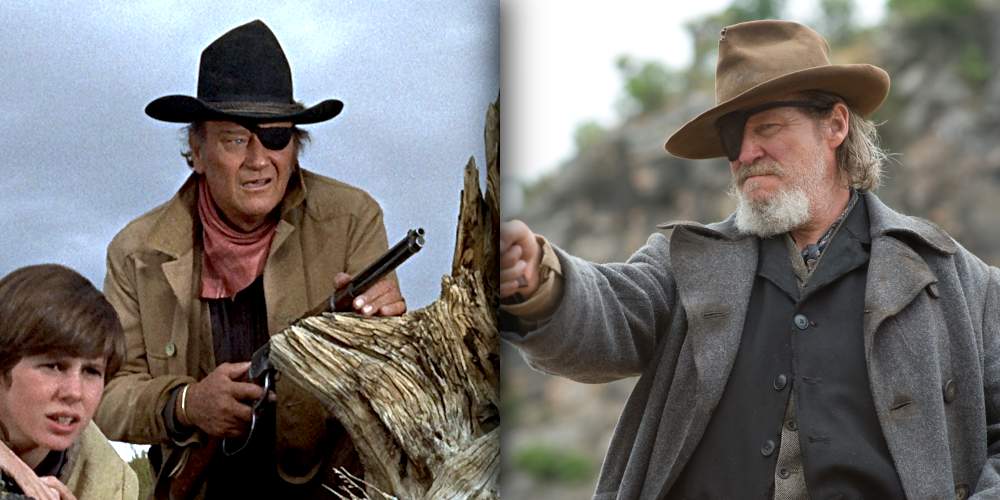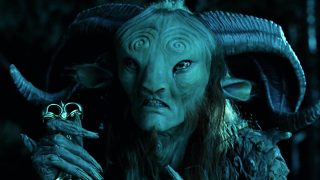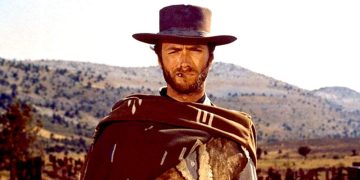"Which movie is better, the original or the remake?" It's a question that always sparks fierce debate in cinema communities, and it's only beaten in intensity by the book-or-movie-better question.
Remaking a certified classic film decades after the original released? It's a near-impossible task for even the most venerated and talented filmmakers, which is a hard truth the Coen Brothers found to be the case when their remake of The Ladykillers flopped.
But every once in a while, the remake is celebrated as much as—if not more than—the original. That's the case with the 1969 Western classic True Grit starring John Wayne (and his Oscar-winning performance) and the 2010 remake True Grit starring Jeff Bridges in the iconic role.
It's one of the rare cases where the remake arguably outshines its predecessor, with the 2010 version by the Coen Brothers garnering multiple Academy Award nominations across the board.
Let's look at the legacy of both True Grit movies to see which one is truly the superior film in various aspects.
The Performances, Compared
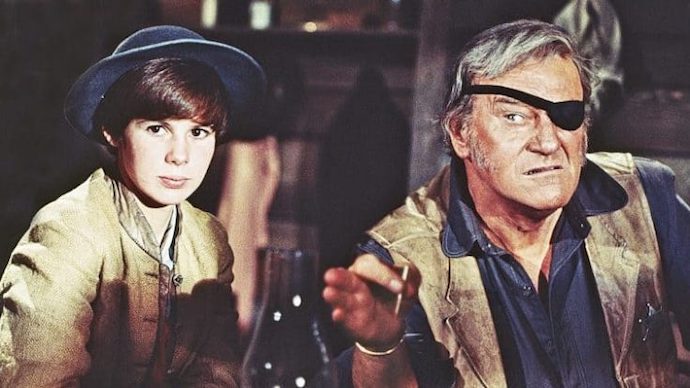
It was a challenge for the Coens to find an actor for the role that gave John Wayne his Academy Award, being that it remains one of Wayne's best-remembered performances.
However, Jeff Bridges' take on the character is vastly different to Wayne's, breathing renewed life into Rooster Cogburn.
Bridges added many layers to the performance that Wayne's image wouldn't have allowed for—such as the comedic tone he brought to the group, plus the character's heavy drinking.
Whereas Wayne had the "Wayne-ness" trait that gave his Rooster a manly feel, Bridges' take was deeper, more nuanced, and more endearing.
The same is true for Matt Damon's update of the La Boeuf character, with Glen Campbell's original being more serious than Damon's. Campbell brought a cocksure attitude to the role, which Damon used and turned into comedic arrogance.
Kim Darby's original performance as Mattie Ross is the only one from the original film that doesn't stand up compared to the remake. Hailee Steinfeld's updated incarnation was more well-rounded and felt like more than a voice from the back of the convoy.
In truth, the Coen Brothers' version of True Grit has better performances all around compared to the original True Grit. The only real standout from the original is John Wayne's character, whno holds up to this day.
The Direction, Compared
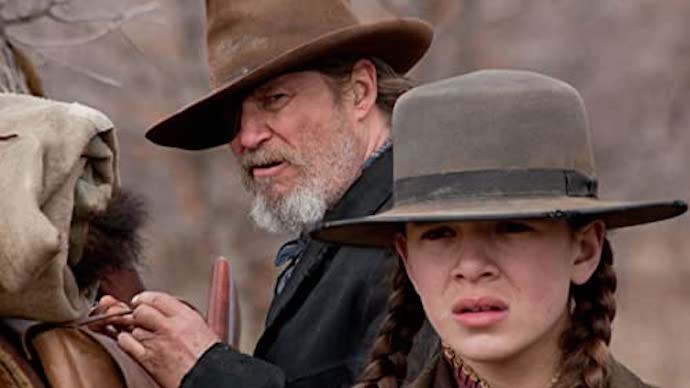
Henry Hathaway directed the 1969 version of True Grit. He was a venerated and consistent director of Westerns who frequently worked during Hollywood's Golden Age, right through to the early-1970s when he sadly passed away.
Hathaway has a place noted in cinematic history for the amount of Westerns he directed during his career. However, without sounding unkind, Joel and Ethan Coen are objectively better filmmakers.
Indeed, Joel and Ethan Coen are two of the best filmmakers to ever grace cinema, having proven themselves capable of shifting genres with ease. That's something they did with their version of True Grit, which had them stepping into a new realm as Western directors.
The performances and aesthetics of the 2010 remake of True Grit trump the original, even if the original embodies what classic Western filmmaking was at the time (largely because of Hathaway's work).
Joel and Ethan Coen find comedy in the story—a particular strength of theirs—and use it to craft the tale around their vision, all while allowing the performances of Bridges, Damon, and Steinfeld to flourish.
The Cinematography, Compared
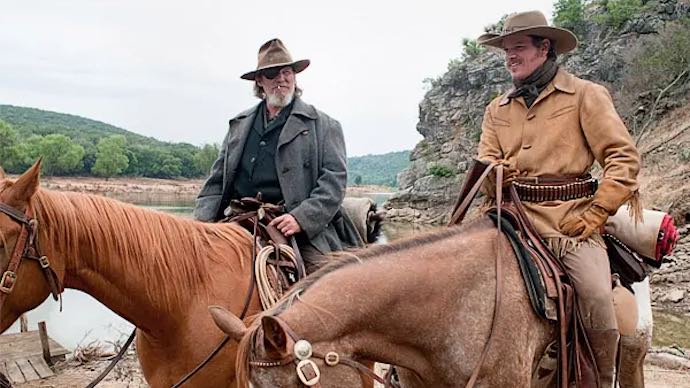
The Coen Brothers assembled an elite filmmaking squad to remake True Grit, and they didn't settle for just any good cinematographer. They hired Roger Deakins, the legendary British cinematographer who's earned 15 Academy Award nominations for his work to date (and won twice).
As the vast open plains engulf the trio of characters while they search for Cheney, the feeling of being out in the wilderness brings a sense that they could roam it for decades without encountering another soul. It permeates Deakins' work on the film and showcases his immense talent.
The hiring of Deakins makes the comparison of films slightly unfair, as many consider him to be one of the greatest of all time. But as great as Deakins is, Lucien Ballard still did a great job with the original.
Much like Deakins with the Coens, Ballard and Hathaway often collaborated on films together—and True Grit is a fine example of that. But comparing the way both films look, Roger Deakins' output on the 2010 version of True Grit encapsulates his mastery of his art.
The Script, Compared
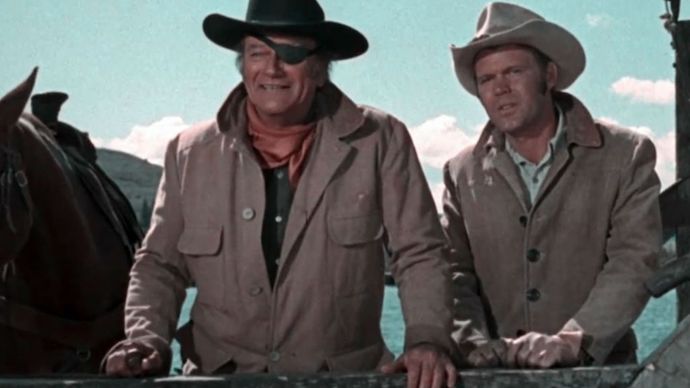
Charles Portis published the novel True Grit in 1968—and immediately Marguerite Roberts went to work on adapting the story.
Her writing did the film and the original novel justice, as the tale of a trio doomed in their hunt for revenge gave John Wayne much great material to work with in his performance.
For their updated version, Joel and Ethan Coen didn't just remake the original film—they continued their long tradition of going to the source material and adapting it to film themselves.
The depth of their screenplay, with the fleshing-out of Cogburn resulting in a more rounded character than in the original, gave their incarnation of the film greater meaning. (Some of the blame can also go to John Wayne, whose films typically "starred John Wayne" much in the same way that Christopher Walken always seems to play Christopher Walken.)
The Coens' renewed depth is what makes the True Grit remake a better-written adaptation overall. To be fair, they had much more time to work on the script than Marguerite Roberts did, who was pressured by the studio to churn out her film adaptation as quickly as possible.
Which True Grit Movie Is Better?
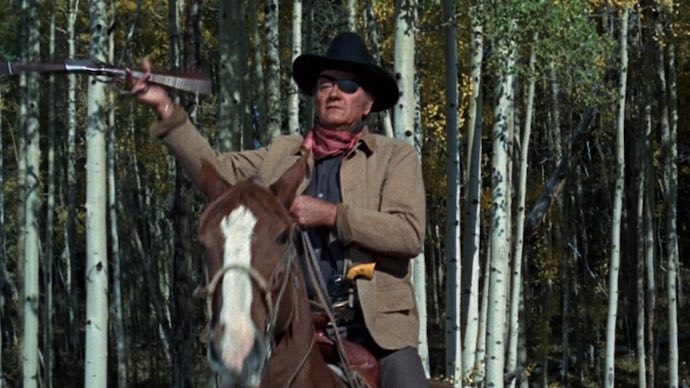
Without a doubt, the remake of True Grit bests the original True Grit is multiple areas. While John Wayne's portrayal of Rooster Cogburn is still so very memorable, the Coen Brothers' film remains the better of the two in almost every manner.
Yet even for its superiority, the True Grit remake won't ever be as well-remembered in cinema history as the original True Grit.
